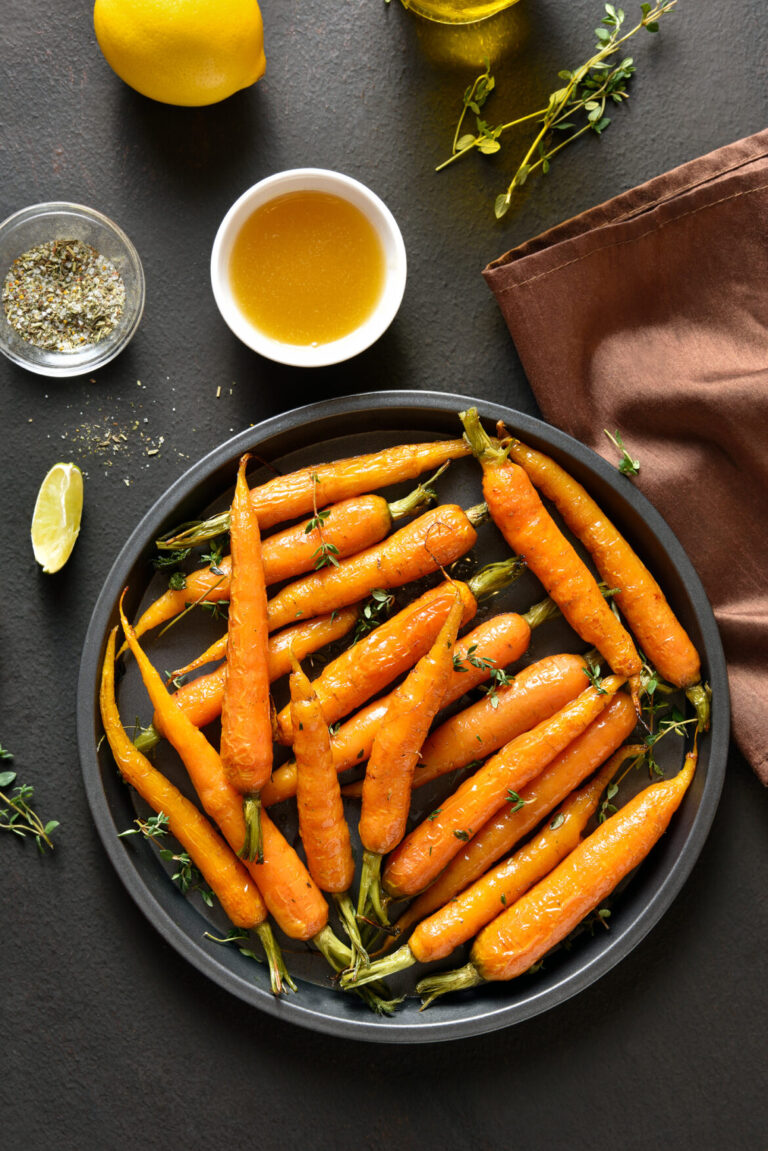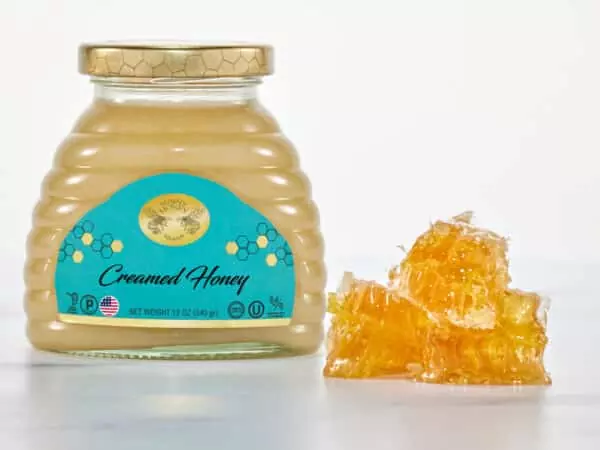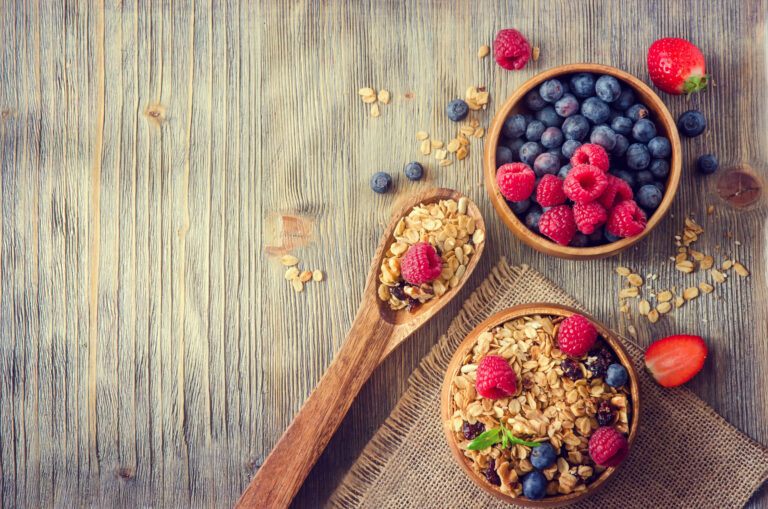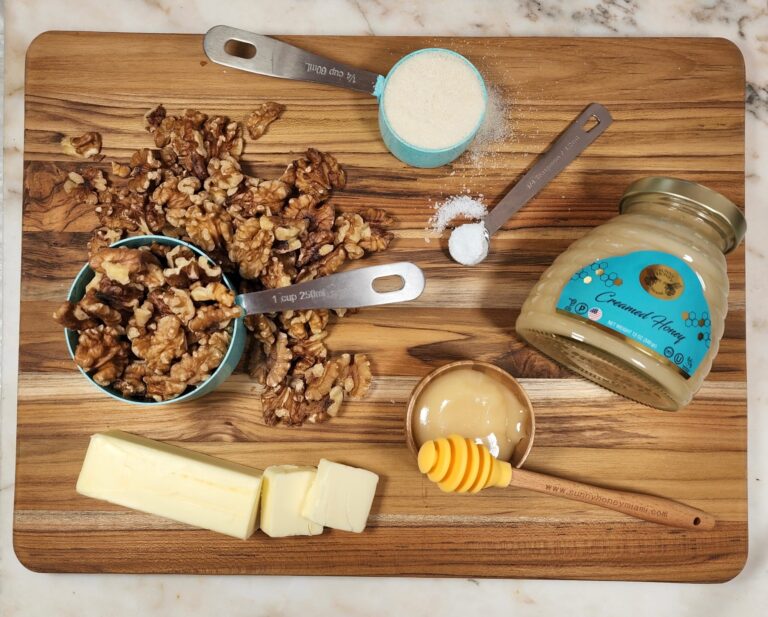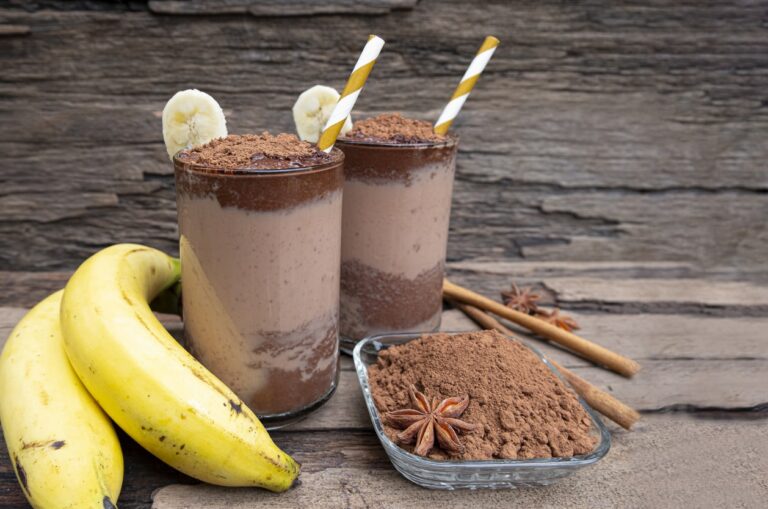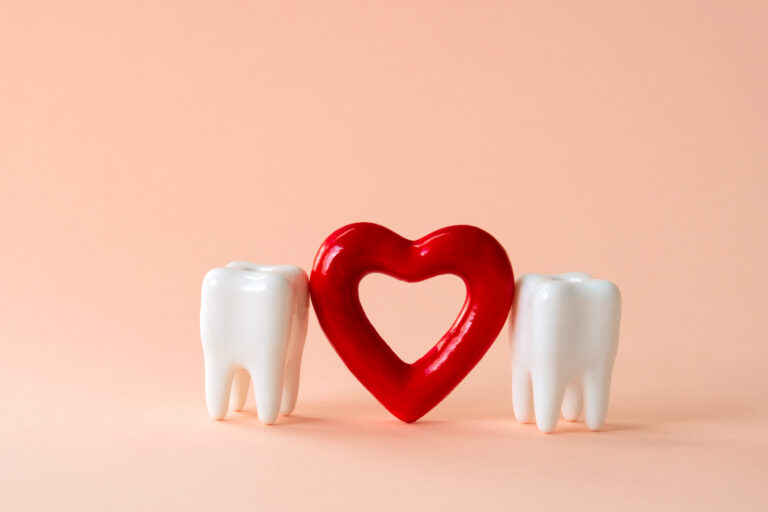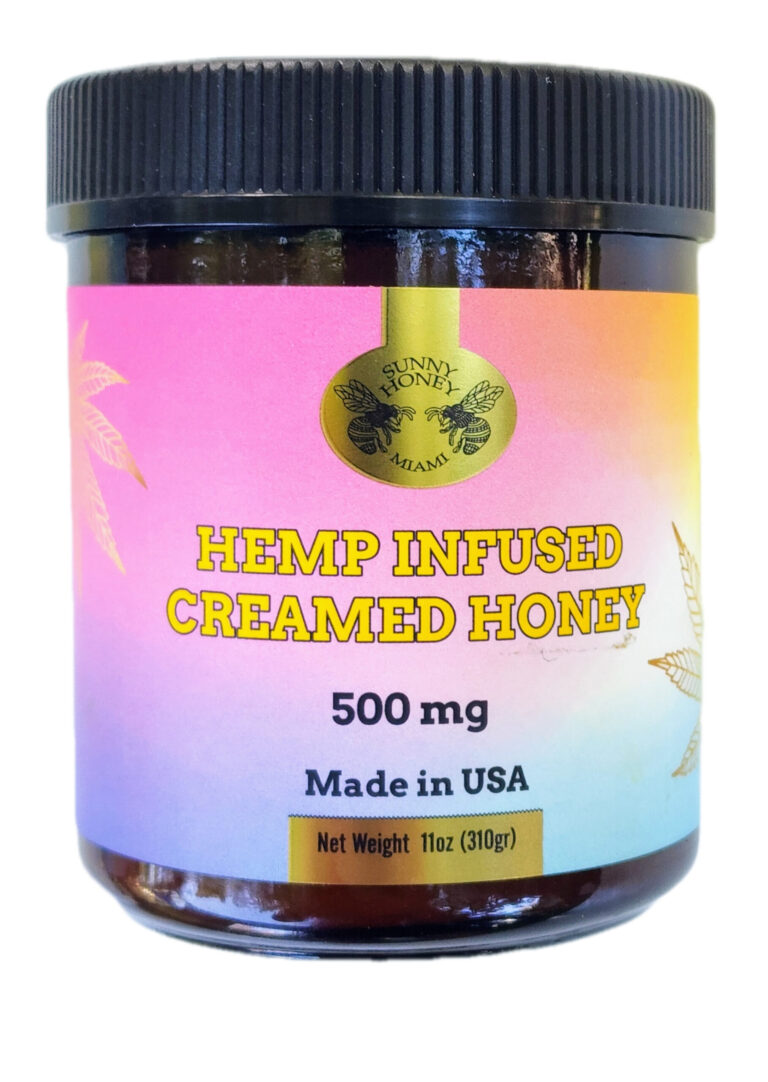FREE SHIPPING WHEN YOU ORDER $35 OR MORE
Discover the Sweet Secret: Honilab CBD Honey Now Available on Amazon
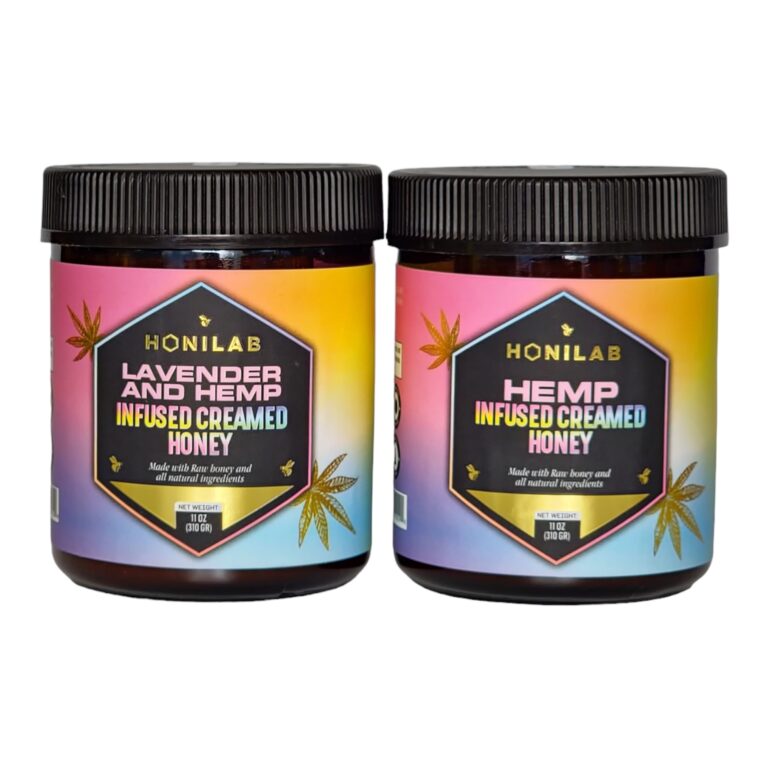
Are you looking for a delicious way to incorporate CBD into your daily routine? Look no further! We are thrilled to announce that our signature CBD honey, Honilab, our sister brand, is now available on Amazon.com. Unlocking Nature’s Goodness At…

